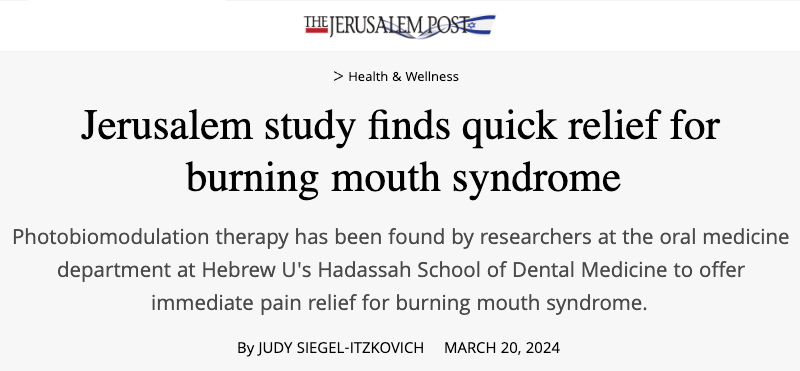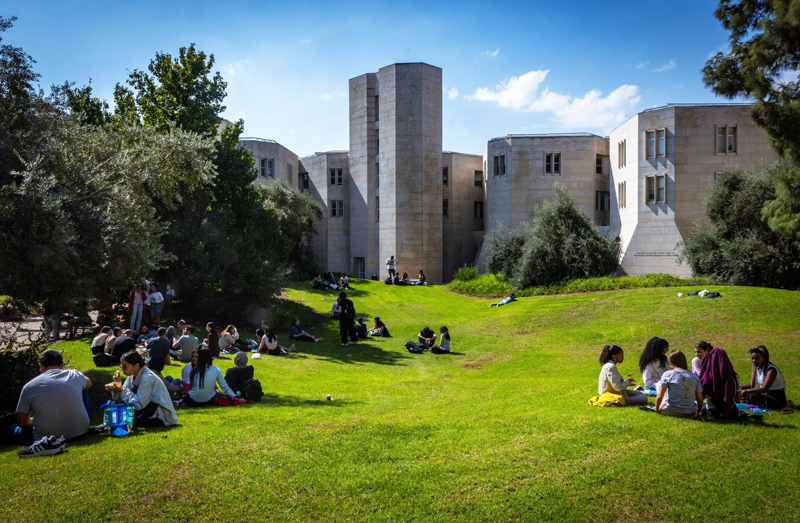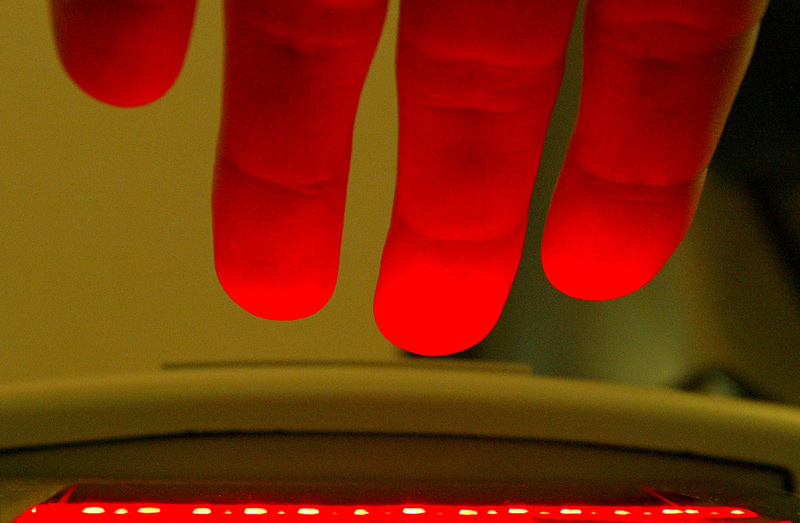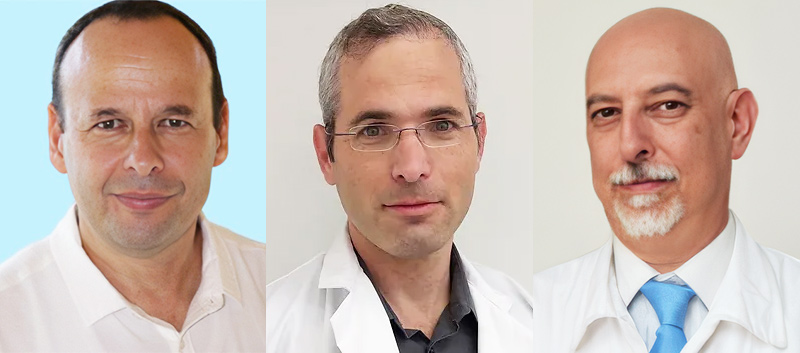

Researchers at the oral medicine department at the Hebrew University-Hadassah School of Dental Medicine have discovered that photobiomodulation (PBM) therapy provides immediate pain relief for burning mouth syndrome (BMS).
The painful condition, which includes a feeling of scalding, tingling, and burning every day for months or longer, can be caused by taking certain medications, especially against hypertension, pushing your tongue against your teeth, biting the tip of your tongue, grinding or clenching your teeth, and other oral habits. An underactive thyroid gland or diabetes can also trigger it.
BMS affects about two percent of the population; women are about seven times more likely to be diagnosed with it than men. Without treatment, it can last for months or even years. About one-third of those with burning mouth syndrome will improve over three to five years without any treatment.
The elusive nature of its causes complicates both diagnosis and treatment, with millions of individuals worldwide, especially middle-aged and older women, suffering from it. It is highly linked with depression from grappling with this condition. BMS sufferers’ daily struggles highlight the critical need for comprehensive research and effective therapeutic interventions.
Avoiding the condition
Drinking plenty of liquid or sucking on ice chips may temporarily reduce the pain. One should avoid irritating substances such as tobacco, spicy foods, alcohol, acidic foods like tomatoes, and liquids like orange juice, carbonated beverages, and coffee or mouthwashes that contain alcohol.
PBM – applying red and near-infrared light over injuries or lesions to promote healing and reduce pain and inflammation – used to be called low-level laser therapy (LLLT), but it was found that lasers are not necessarily needed, and “low” was regarded as a subjective, inexact term.

For over 10 weeks, 30 participants experienced a significant drop in pain scores after each treatment, said Dr. Yaron Haviv, Dr. Ori Finfter and Prof. Doron Aframian and their team at the dental faculty. While efficacy decreased the following week, a cumulative effect was observed, especially up to the third treatment. The findings highlight the potential of PBM as a promising treatment for BMS, despite some nuances in its effectiveness.

Their new study has just been published in the journal Oral Diseases under the title “Photobiomodulation alleviates burning mouth syndrome pain: immediate and weekly outcomes explored.”
Exposed to special lights to stimulate cell function, the 30 participants received treatment inside the mouth. Pain assessments were conducted using the Visual Analogue Scale (VAS) immediately after each treatment, with a calculation of the weekly average VAS aiming to evaluate both the immediate and long-term effects of PBM on alleviating BMS symptoms.
Results from the study revealed a substantial decrease in the initial pain score from 7.80 to 2.07 after the treatments. Although there was a slight increase to 5.73 in the average pain score in the week following the last treatment, it remained significantly lower than the initial score. Notably, the researchers observed a trend of continued improvement in pain relief with additional treatments, particularly up to the third session.
Moreover, the researchers found that PBM was especially helpful for male patients and for those experiencing pain on only one side of the mouth.